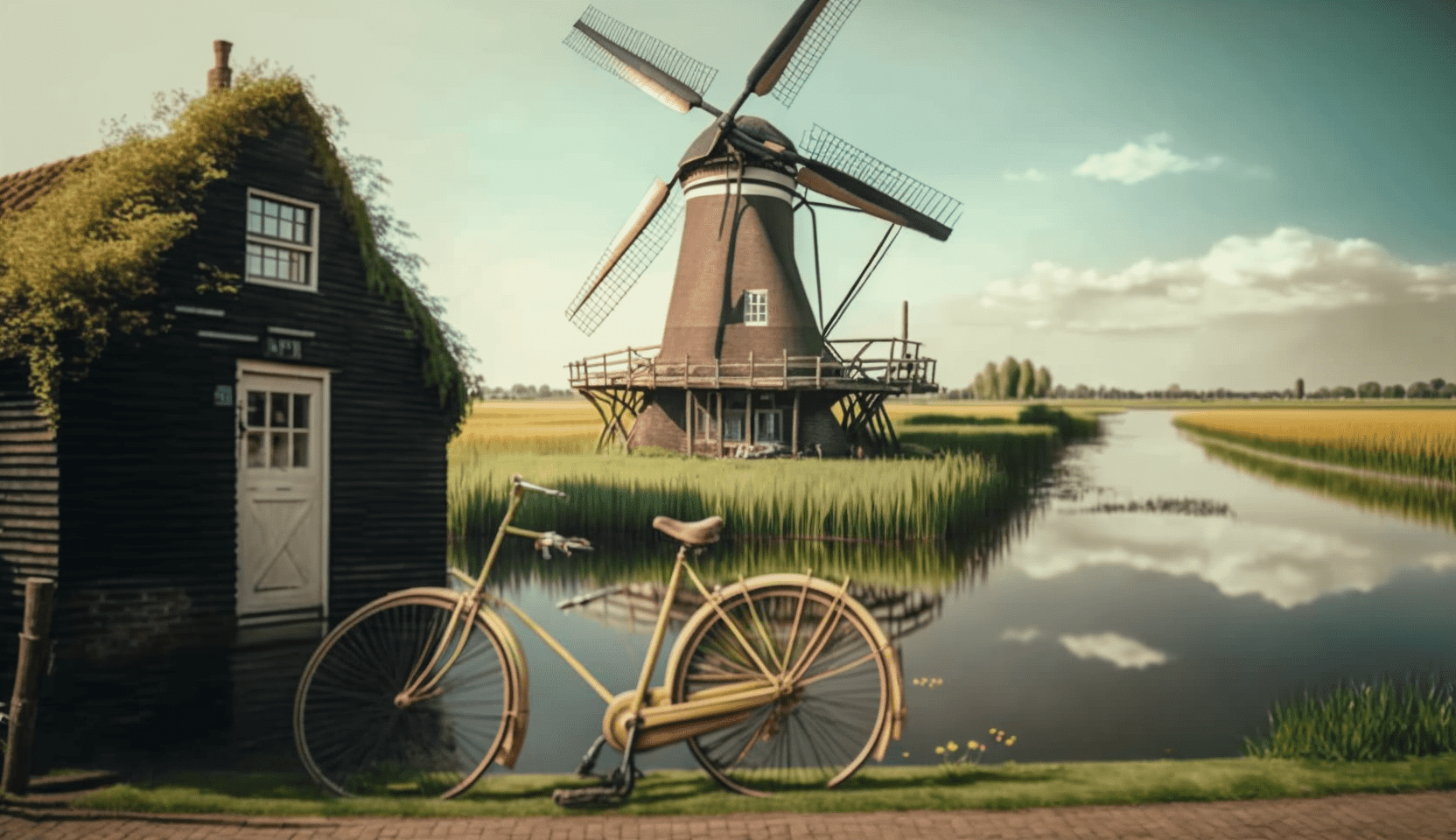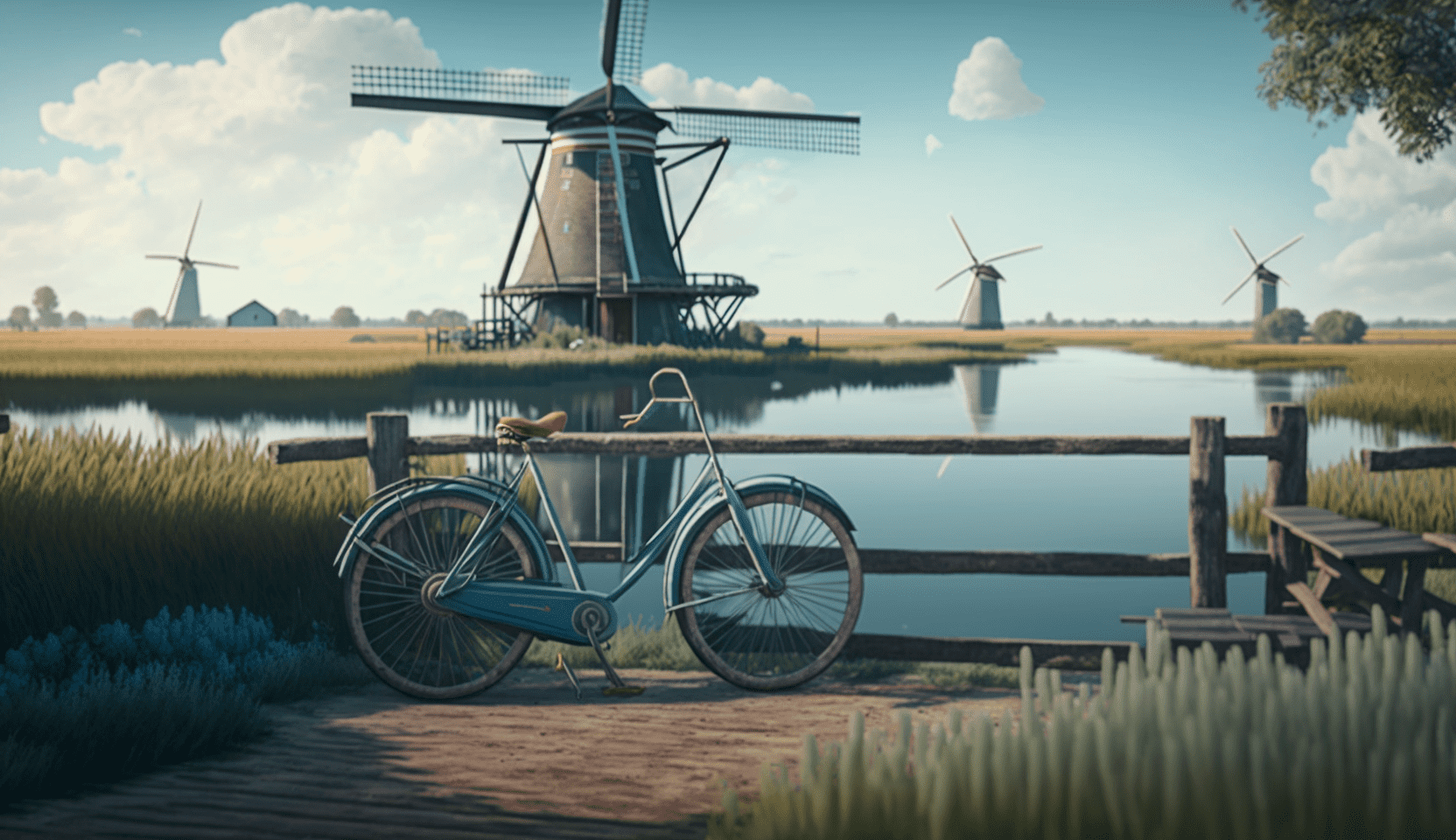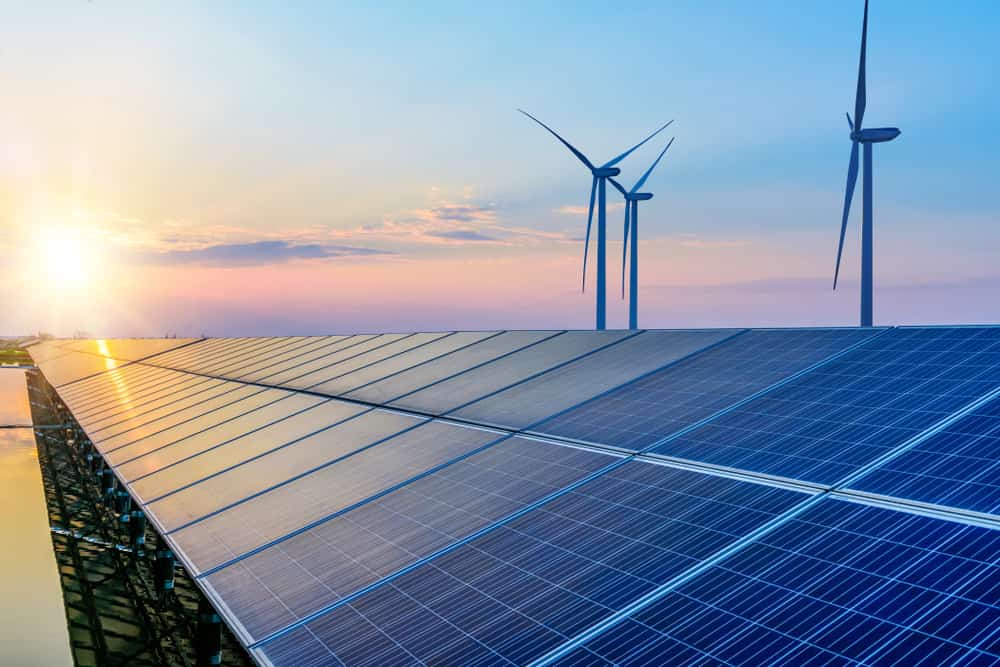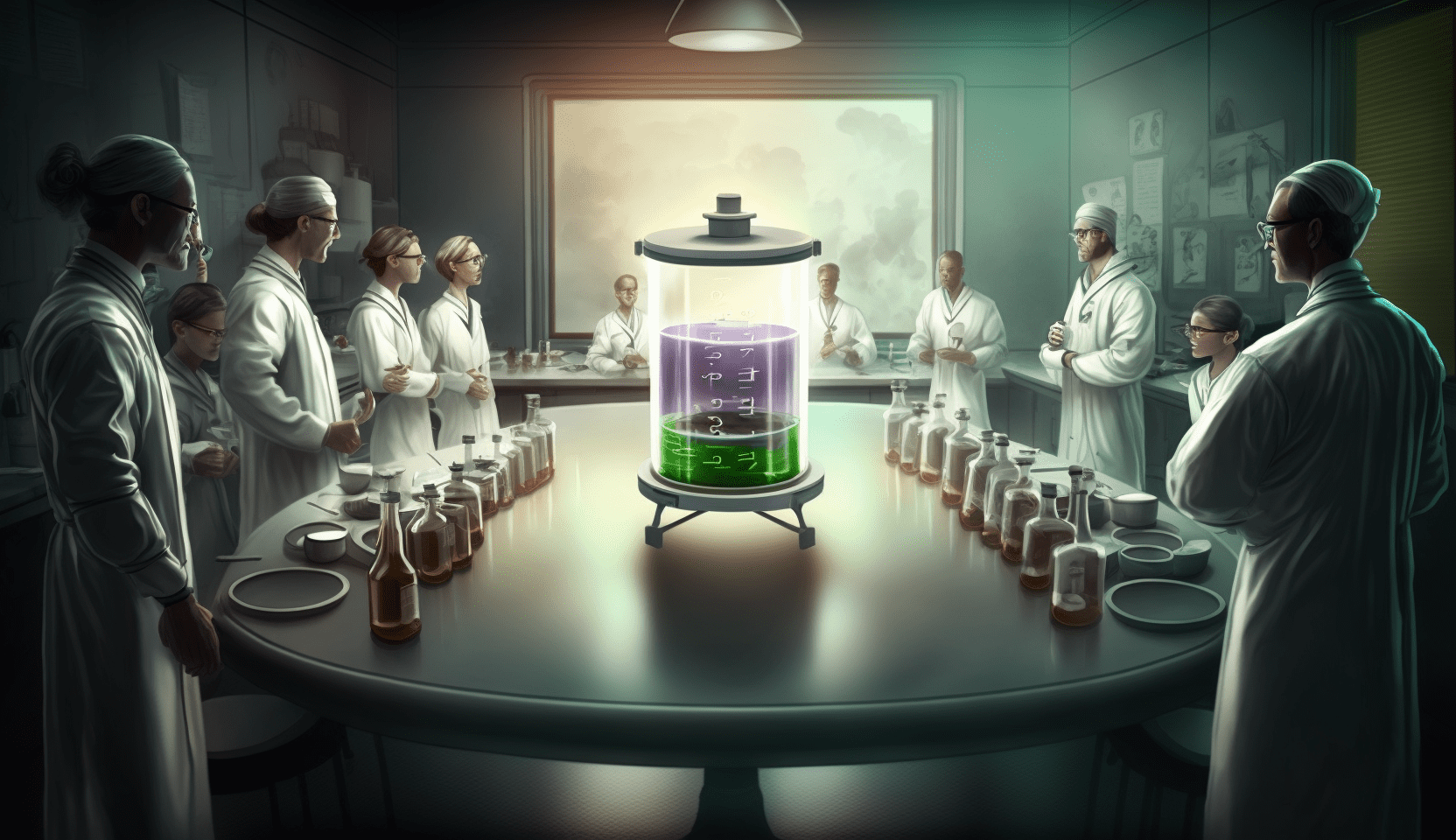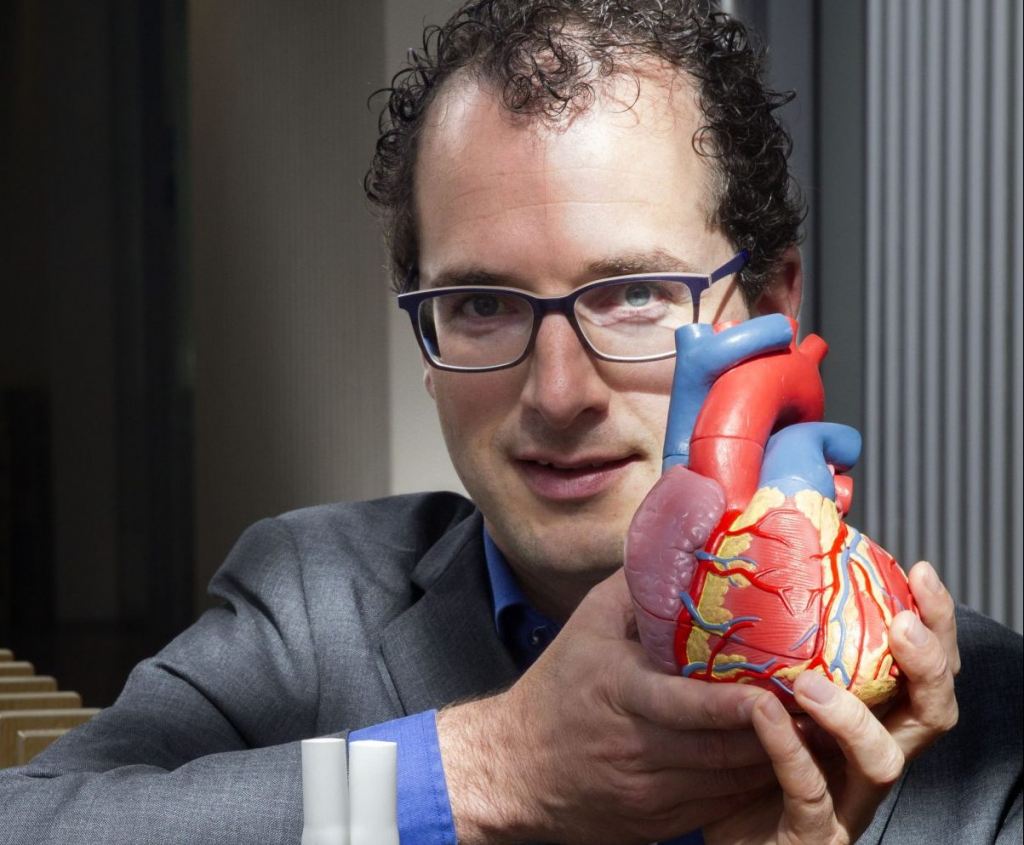
The body that repairs itself, telephones and computers that can do much more than today, family cars powered by solar energy: the region has countless successful start-ups working on a brighter future. The Eindhoven University of Technology plays a major role in this.
By Hanneke van den Nieuwenhof, Eindhovens Dagblad
This article belongs to a 5-part series that was originally published in Dutch on 27 January by Eindhovens Dagblad. E52 took care of translations. Publication is done with the permission of Eindhovens Dagblad. To read the whole series as ED-newspaper pages (pdf), click here. To read all five articles separately on E52, click here.
Amber with autonomous electric shareable cars, ByFlow with food printers, Lightyear with solar powered family cars, MicroSure with operating robots, Mestic with manure textiles… It’s just a random selection from the large group of promising start-ups in the Eindhoven region.
It is difficult to predict whether there are new ASMLs among them. The fact is that there is worldwide interest in them and that some have already received major investments. Last year in the Netherlands, after the Amsterdam region, most venture capital was invested in start-ups in the Eindhoven region. More than half of the start-ups in the region came from the Eindhoven University of Technology.
At the top of the list of investments is Xeltis, which develops self-sustaining heart valves of the body’s own tissue, showing off with 45 million euros in investments: the highest amount for a start-up across Europe.
Smart Photonics received seven million. The company, founded in 2012 and born of the TU/e, focuses on the production of light-based chips. These photonic chips are much faster and consume much less energy than electronic chips. The photonics market is expected to be gigantic in the long term, with a size of hundreds of billions of euros.
The technology offers many opportunities for the Eindhoven region. Thanks to the TU/e, which has been working on optical communication for decades, it’s becoming a worldwide leader in the field of integrated photonics. In order to maintain this knowledge advantage, a collaboration has been set up between the TU/e, government and companies to create more activity in the field of photonics.
Young start-ups in the areas of mobility, energy, and health such as Lightyear and MicroSure are also already participating on a global scale. This is extra special because everyone around the world can have access to the same knowledge. It is, therefore, a question of who knows best how to bring this knowledge to the market. And that depends on the implementing power: something that the Eindhoven region is now excelling in, due to the good cooperation between industry, knowledge institutions and government. From all over the world, administrators come here to see how we do that.
Where innovation used to come from a single company’s research and development (R&D) department, such as Philips’ NatLab, organizations are now working together in an open innovation model. In this way, Philips develops its products together with clients and attracts start-ups to push the company further. ASML works closely together with its suppliers, but also involves TU/e scientists and uses the laboratories there.
In the model of open innovation, Eindhoven University plays an important role. It is not only a source of knowledge, it also provides a basis for regional development and brings together scientists and companies. The TU/e is the world leader in collaborations with the industry, above renowned institutes such as MIT, Cambridge, and Stanford.
This cooperation contains much more than just scientific publications. In addition to fundamental research, for example, work is being done on issues from the world of business, and research and PhDs are funded by the industry, where many (part-time) professors come from.
In order to strengthen the collaboration of scientists, students, and companies, the TU/e wants to further develop into an innovation centre. A start will be made this year with the Eindhoven Engine. Within this institute, knowledge institutes and the business community will work on all kinds of challenging problems. Projects are based on the expertise of the participating companies: from high-tech equipment and data science to smart mobility and robotics.
The Eindhoven Engine is part of a larger ambition of the TU/e. More than a hundred companies are already located on the TU/e campus. Many of them work together with research groups and institutes on the campus and make use of one of the 54 research laboratories, and therefore would like to be in the neighbourhood.
As a result of this, Eindhoven might soon have an Innovation District in addition to High Tech Campus Eindhoven, Automotive Campus Helmond, Brainport Industries Campus and the Creative Campus (Strijp-S).
In fact, the area where both TU/e and Fontys programmes are located is already deserving that title.
This article belongs to a 5-part series that was originally published in Dutch on 27 January by Eindhovens Dagblad. E52 took care of translations. Publication is done with the permission of Eindhovens Dagblad. To read the whole series as ED-newspaper pages (pdf), click here. To read all five articles separately on E52, click here.


